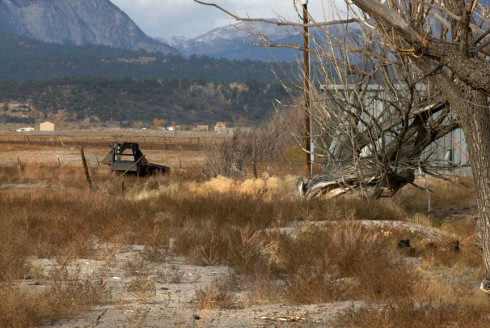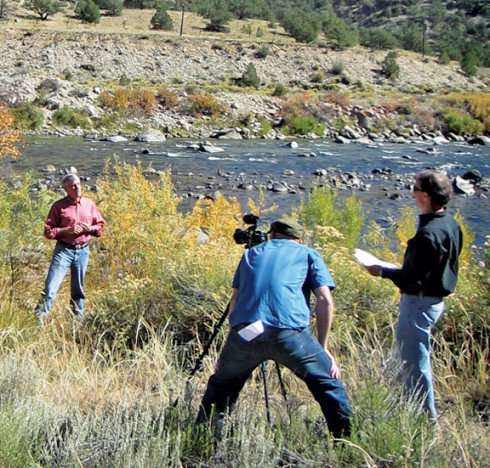By John Mattingly
We don’t choose our family – not in the same way we find best friends.
There are some who believe we do choose our family by way of interbreeding during past lives, or by subtle shifts in the fifth membrane of the universe, or through a vibrational command of DNA polymerase.
But, based on a preponderance of personal evidence, I conclude that I did not choose my family. It was a random outcome that I was born. And though speculations to the contrary have modest appeal from time to time, I’m sticking with the conclusion that my family is a chance assembly of folks, some of whom I would love or be friends with even if I had met them as strangers, and some of whom I have to wonder if we actually share a genetic history of any consequence.


